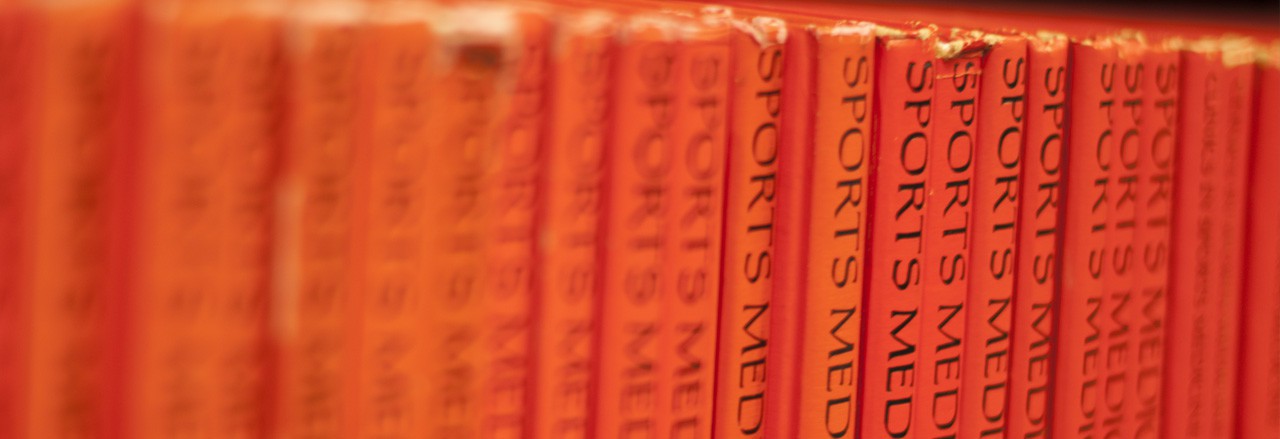There is a “bony and ligament archway” in the shoulder that is comprised of the top of the arm bone and the end of the shoulder blade. The rotator cuff muscles are located in and travel below this archway when the arm is raised. Certain conditions can cause the archway to become smaller and increase the chance of compressing or irritating the rotator cuff. This can be caused by bony “spurs” that may form on the acromion or humeral head, or from dysfunction of the rotator cuff. These can irritate the bursa and rotator cuff further, producing more pain and dysfunction.
General Information
- Impingement, subacromial bursitis, and rotator cuff tendinitis are common causes of shoulder pain
Anatomy and Function
- The shoulder consists of a large ball (head of the humerus) and a shallow socket (glenoid) and is the most mobile joint in the human body.
- The rotator cuff is a series of four tendons that attach muscle to bone at the top of the arm bone (humerus) and work together to center the ball in the socket and stabilize the shoulder joint.
- There is normally a lubricating bura sac that sits above the rotator cuff and below the top bone in the shoulder (acromion) that helps the rotator cuff glide freely.
- The acromion is the bone on the top of your shoulder. In some patients a bone spur develops that can irritate and damage the rotator cuff below.
- The long head of the biceps tendon is a nearby structure that attaches deep within your shoulder and runs down the front of the shoulder.
Injury
- Subacromial bursitis occurs when the normally thin smooth bursa becomes irritated and inflamed. It has many nerve fibers and thus can be quite painful.
- The rotator cuff sits directly below the subacromial bursa and can also become inflamed and irritated in a condition called rotator cuff tendinitis.
- Impingement occurs when you raise your arm to shoulder height and the space between the acromion and the rotator cuff narrows. The acromion can rub against, or “impinge” on the bursa and tendons of the rotator cuff resulting in pain and dysfunction.
- Impingement is a vicious circle whereby the subacromial bursa and underlying rotator cuff become irritated producing significant pain that results in dysfunction. As a result, the ball rotates abnormally within the socket during shoulder motion, which in turn leads to rubbing on the undersurface of the acromion, producing even more irritation, pain, and dysfunction. Interventions (listed below) are aimed at breaking this terrible cycle by reducing pain and allowing physical therapy to help restore normal motion and strength.
- Irritation of the long head of the biceps tendon, called biceps tendinitis, may occur at the same time because of its close proximity to the rotator cuff, subacromial bursa, and acromion.
- In some cases, where this process continues for long periods of time, it can lead to abrasion and tearing of the rotator cuff.
Risk Factors
- Repetitive lifting and overhead movements such as throwing, weight training, daily chores, and manual labor can produce overuse injury.
- Sometimes this results from an acute injury, other times it happens without any trauma.
- Bone spurs on the underside of the acromion bone can cause abnormal rubbing when you lift your arm and lead to rotator cuff injury.
Symptoms
- Most common symptom is pain
- Sharp shoulder pain, particularly with overhead activities
- Pain at night that wake you from sleep
- Pain is not the same for everyone. Sometimes it is felt deep within the shoulder, other times people feel pain over the outside of the shoulder, or even extending down the biceps muscle to the elbow.
- Pain with every day activities like scratching your head, putting on a shirt, laying down on the affected side, and carrying a moderately light object
- An overall sense of weakness and pain that causes you to keep your shoulder inactive
- “Crepitus” or crackling sensation when you move your shoulder in certain positions results from thickened and inflamed bursa.
Diagnosis
- Physical examination
- Areas that reproduce pain
- Range of motion
- Rotator cuff strength
- Positions and movements that reproduce pain (impingement tests)
- X-rays help determine if you have any arthritis in the shoulder and if there are any bone spurs. X-rays show the doctor bones, but do not show soft tissues.
- In some patients, Dr. Taylor may order an MRI (magnetic resonance imaging) to get a better look at the soft tissue anatomy, such as the rotator cuff, to determine the extent of injury and help guide management.
Treatment
- The goal of treatment is to reduce pain and regain function, by breaking the vicious impingement cycle.
- Non-Surgical – Most patients improve with non-surgical treatments aimed at reducing the painful inflammation associated with this condition.
- Rest – if it hurts, don’t do it
- Activity Modification, or change your activities to avoid those things that cause irritation
- Non-steroidal anti-inflammatory (NSAID) medication by mouth can improve the inflammation around the rotator cuff
- Injection of steroid (cortisone) medication into the bursa sac above the rotator cuff to help reduce the inflammation and allow you to more effectively work with physical therapy
- Physical therapy is an important tool to help you strengthen and retrain the muscles of the rotator cuff to work better together.
- Surgery may be an effective treatment for a small subset of patients who do not respond appropriately to the aforementioned conservative care.
- Arthroscopic subacromial decompression is performed through the use of specialized camera and small instruments through a series of small poke-holes in the skin around your shoulder. The chronically thickened and irritated subacromial bursa is removed with a shaving device. If a bone spur is present on the undersurface of the acromion it will be removed as well. The goal is to remove painful bursa and create more room for the rotator cuff to move below the acromion during shoulder motion.
- Biceps tenodesis is the removal of a chronically injured biceps tendon from the shoulder joint and sewing it to another location. This procedure is only performed if the biceps is contribution to your symptoms.
- AC joint resection is not routinely performed but may be done in patients who have significant AC (acromioclavicular) joint arthritis that is contributing to their symptoms. In this surgery, a small portion of the acromion and end of the collarbone are removed with a shaver so that they do not rub against each other and cause pain.
- Physical therapy after surgery is critical to your recovery. Surgery removes the structural causes of the problem, but does not restore the strength and coordination of the muscles and tendons that provide stability and function to the shoulder. Adherence to a structured physical therapy program after surgery is essential.


